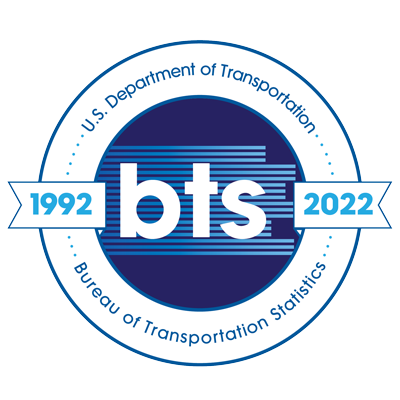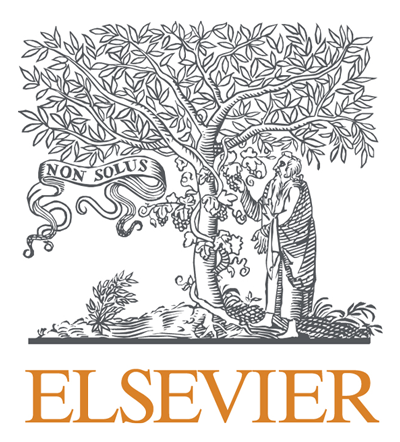Investigating the Neighborhood Effects on Health Outcomes Using Bayesian Multilevel Models: Procedures, Advantages, and Challenges
Topics:
Keywords: Frequentist framework, Bayesian framework, multilevel models, Bayesian multilevel models, brms, Stan, WAMBS, Birthweight, Social deprivation, Georgia, USA
Abstract Type: Paper Abstract
Authors:
Wei Tu, Department Geology and Geography, Georgia Southern University
Lili Yu, Department of Biostatistics, Epidemiology and Environmental Health Sciences, Georgia Southern University
Jun Tu, Department of Geography and Anthropology, Kennesaw State University
,
,
,
,
,
,
,
Abstract
Multilevel models (MLMs) based on the frequentist framework have been used to analyze the neighborhood effects on a variety of health response variables including birth outcomes since the 1990s. Compared to MLMS, Bayesian multilevel models (BMLMs) have several major advantages: 1) they are more flexibly in defining the underlying process that researchers believe to have driven the data generation; 2) they allow researchers to incorporate prior knowledge into the data analysis; 3) they are more capable of handling complex models and less vulnerable to the non-convergence problem, and 4) the model results can be more directly and intuitively interpreted. However, Bayesian methods can also be challenging and misused, particularly in the selection of priors, model evaluation, and proper steps to report and interpret statistical results. Thus, the purpose of this study is to demonstrate the process of fitting, evaluating, and interpreting a two-level random intercept BMLM model. The model is built to analyze the neighborhood socioeconomic deprivation on birthweight using data in Fulton County, Georgia, USA in 2015. At the first level, the newborns’ weight is the response variable and the newborns’ sex and mothers’ age, racial, socioeconomic, and behavioral characteristics are the covariates. At the second level, the census tract level Social Deprivation Index developed by the Robert Graham Center is controlled. The models are fitted using lmer4 and brm4 packages in R and the WAMBS checklist is used as a guideline. The results from MLMs and BMLMs are compared and the benefits and challenges of BMLMs are discussed.
Investigating the Neighborhood Effects on Health Outcomes Using Bayesian Multilevel Models: Procedures, Advantages, and Challenges
Category
Paper Abstract








